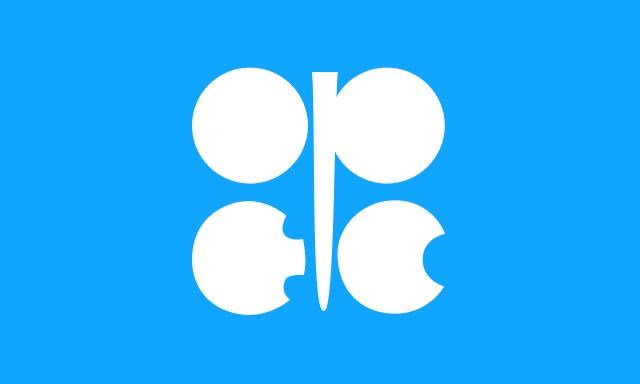
Total non-OPEC supply is now forecast to average 57.24 million barrels a day in 2015, down 160,000 barrels compared with the September estimate, and up 720,000 barrels a day compared with last year’s non-OPEC total. For 2016, non-OPEC supply is now forecast at an average of 57.11 million barrels a day, down 290,000 from the prior forecast and is “based on an expected steeper production decline in US shale plays, and legacy wells outnumbering newly drilled wells, as well as the negative effects of capex cuts in different regions of the world.”
U.S. liquids production is forecast to grow by 632,000 barrels a day between 2014 and 2015. According to OPEC, U.S. production will fall by 60,000 barrels a day in 2016 as a result of “the low oil price environment.”
Total OPEC crude oil production in September averaged 31.57 million barrels a day, up 109,000 from August’s total. That’s the highest monthly total so far in 2015 and well above the annual averages for 2013 and 2014. The total is based on non-OPEC estimates.
ALSO READ: 2 High-Yielding MLPs Upgraded Despite Ugly Sector View
OPEC has also raised its forecast for 2015 global demand growth to 1.5 million barrels a day, up from a prior estimate of 1.46 million. Total demand in 2015 is now forecast at 92.86 million barrels a day, up from 91.35 million in 2014. Demand in 2016 is now forecast at 94.11 million barrels a day, an increase of 1.25 million over 2015 levels.
OPEC sees itself as the supplier of most of the 2016 demand growth. Non-OPEC supply in 2016 is now forecast at 57.24 million barrels a day, falling by 130,000 barrels to 57.11 million a day in 2016. The cartel does not forecast its own supply growth because technically its quota is 30 million barrels a day.
But if total demand in 2015 reaches 92.86 million barrels a day and non-OPEC producers supply 57.24 million barrels, OPEC’s share is 35.62 million barrels a day. The basic numbers are a little divorced from reality due to adjustments for refinery gains and the like. Likewise, 2016 total demand of 94.11 million barrels a day will be fed by 57.11 million non-OPEC barrels and 37 million OPEC barrels. Because demand outstrips supply, prices must rise in OPEC’s estimation.
What the cartel may be missing is how quickly U.S. shale wells that have been drilled but not completed can come back on line. If demand does outstrip supply as OPEC predicts and prices begin to rise, U.S. production will rise with prices.
Of course it’s not really that simple. Some OPEC members (Saudi Arabia, Kuwait, UAE) may be able to live with lower prices longer than other OPEC members (Venezuela, Nigeria), but in the staring contest the cartel is playing with U.S. producers, neither side has blinked yet, even though U.S. rig counts have fallen through the floor. Production has slowed and will continue to slow, but not by a lot. OPEC only hopes that the drop is enough.
ALSO READ: Which Exploration Companies Can Still Win With Low Oil Prices
“The Next NVIDIA” Could Change Your Life
If you missed out on NVIDIA’s historic run, your chance to see life-changing profits from AI isn’t over.
The 24/7 Wall Street Analyst who first called NVIDIA’s AI-fueled rise in 2009 just published a brand-new research report named “The Next NVIDIA.”
Click here to download your FREE copy.
Thank you for reading! Have some feedback for us?
Contact the 24/7 Wall St. editorial team.



